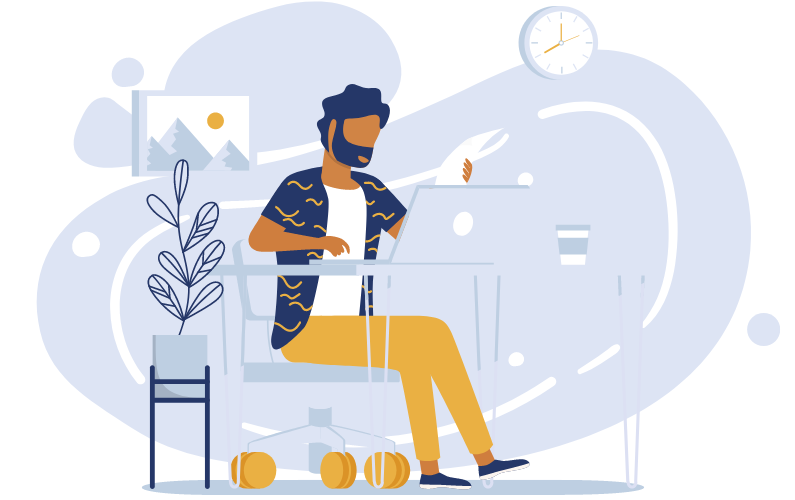The Internet is AMAZING for verbal and visual expression. But increased ease of content sharing has given rise to the misconception that everything online is free for the taking—even photos. Love it or hate it (or love to hate it), most photos on the Internet are copyrighted, and using a copyrighted photo without permission is theft.
While a lot of image theft goes unnoticed, it’s important to respect a copyright owner’s intellectual property, just as everyone should respect yours.
Here are just a few of the ways you can make sure you aren’t accidentally using a copyrighted image:
Do a reverse image search. Services like Google Reverse Image Search allow you to upload a photo to find out where it appears online. From there, you can trace where it first originated.
Check the metadata. Some copyright owners embed copyright notices into metadata of an online image. This is called EXIF data. You can find the metadata on Windows by right-clicking the photo, or viewing the Inspector tool in the Preview app on Mac. There are also websites that will fetch image metadata for you.
Read the fine print! Carefully check the terms of anyone providing free images. For instance, you must credit Getty Images if you use an image from the open content collection. And despite the name, the “Free to Use and Reuse” collection from the Library of Congress isn’t guaranteed to be free of copyright or cleared for public use. The LOC advises you to do your own check. Also, like anything on the Internet, make sure the source is legitimate by checking for things like a physical address and terms & conditions that will protect you if it turns out that the source didn’t have the right to license the work. Sometimes “free” really is too good to be true!
Find out the photo’s public domain status. When copyright on a work lapses (usually 70 years after the creator’s death), the work enters the public domain and it becomes free to use for personal and commercial purposes. But be aware that photos have many exceptions. For example, a photo of a public domain artwork may be subject to copyright even if the artwork itself is free to use. There are several online guides for determining the public domain status of an image.
Always double check! Just because a source says a photo is free to use doesn’t mean it is. Always assume the possibility of error and check again before using an image.
When in doubt, leave it out. Using an image without permission can lead to fines, bad press, and more, including having to hire a lawyer and defend a lawsuit. If you aren’t 100% sure you’re allowed to use an image, don’t.
It may feel like a pain to check the copyright status of photos you want to use online—but remember that copyright protects your work too. Intellectual property is an asset that deserves protection and respect allowing Internet users (like you!) the freedom to be creative online.
Note: PicRights is not a law firm and our copyright compliance officers are not attorneys. The material provided on this website is for general information purposes only and should not be taken as legal advice.
